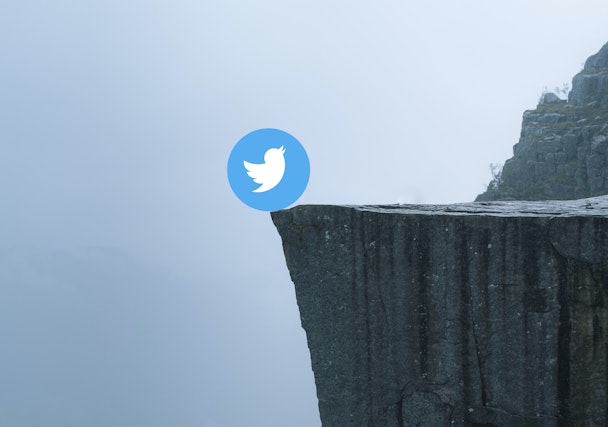Twitter restricts its advertising platform to paid and verified organizations
Brands must sign up for Twitter Blue if they want to advertise.

The changes are an attempt to reverse Twitter’s fading advertising revenue
Twitter is mandating that all advertisers on its platform pay for Twitter Blue, or are verified as an organization of note. The move, which comes less than 24 hours after Twitter hid the ‘legacy’ blue ticks of previously verified users, is another revenue play from a social network attempting to recoup lost advertising revenue.
The note sent out via Twitter’s own advertising platform states that any organization already running over $1000 worth of marketing on the network will automatically qualify as a ‘verified organization’ for advertising purposes. For anyone else seeking to promote tweets or otherwise use its advertising platform, Twitter will now require the user to pay for its Twitter Blue service.
It is another attempt to monetize Twitter’s users, driven in large part by the huge fall in advertiser spend on the platform. The platform’s ad revenue is expected to decline 27.9% in 2023, from $4.14bn the previous year to $2.98bn, according to Insider Intelligence. Advertising still makes up the lion’s share of Twitter’s revenue, and Twitter Blue does not currently appear to be making up the fall with subscription revenue.
Advertisement
The platform has previously announced it is to start charging for API access, for example.
Earlier this week, as a result of the API change, Microsoft announced it would be removing Twitter from its advertising platform, stating “starting on April 25, 2023, Smart Campaigns with Multi-platform will no longer support Twitter,” and that “Digital Marketing Center will no longer support Twitter starting on April 25, 2023.” Twitter’s owner Musk appeared stung by the move, threatening legal action against Microsoft.
Twitter claims that the move to get advertisers to pay is in service of its wider verification changes, which it says will make for a ‘superior Twitter experience’ for advertisers. On April 20, Twitter removed the blue ticks from legacy verified accounts – although in practice that amounts to simply hiding the blue tick from those profiles, as users can still search for legacy verified accounts using Twitter’s own tools.
A wave of impersonations accompanied the change, reminiscent of the first time Twitter allowed users to purchase the blue tick of verification. Many major organizations have already stated they will not be paying for Twitter Blue and have had their labels removed; it is likely that these impersonations will lead to further brand safety issues on the platform.
Advertisement
Additionally, some key figures, including author Stephen King, complained that it appeared they were paying for Twitter Blue when that was not the case. Musk clarified that he was ‘personally’ paying for those users, causing a backlash from other Twitter Blue subscribers.
It follows a series of other reputational setbacks for Elon Musk’s Twitter. Broadcasters and publishers, including NPR, CBC and others, are pausing their activity on the platform following being mislabeled as state-funded. At the same time, genuinely state-affiliated media including Russia Today have had those labels removed, leading to confusion and accusations of vague and contradictory rules on the platform.
As the changes have just come into force, it remains to be seen whether they can reverse Twitter’s fading advertising fortunes.

